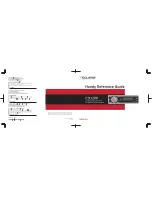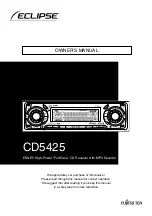
24
receiver to automatically delete the oldest G-file when the
amount of available free memory (in the selected storage
device) falls below 15 Mbytes.
Converting/
Deleting G-Files
Collected During
Sessions
G-files can be converted to Rinex 2.11 or 3.01, with or
without the Hatanaka option. This will happen only if ATOM
navigation data are included in the G-file (the conversion will
otherwise fail).
The receiver can automatically complete the RINEX file
header while converting G-files to RINEX files. The fixed
additional information you would like the receiver to insert
into that header can be entered using
Sessions > Settings
on
the ProFlex Web Server.
The recording rate for RINEX files may be different from the
one used to collect the original G-files. It cannot however be
less than 1 second.
A second RINEX file may be generated in parallel to the first
one, possibly with a different rate. This file will be stored
automatically in a subfolder named:
“data_<rate_in_seconds>”.
If G-files are converted to Rinex, the resulting files can in
addition be zipped in TarZ format.
The file conversion/compression may be followed by the
deletion of the original G-file, if desired.
Moving Files
Originating from
Sessions
The collected G-files and converted files may be moved to
another location on the receiver. The purpose is to be able to
sort the files according to the date of creation and the site of
data collection.
The storage medium used in the File Move function may be
different from the one initially used to store G-files. For
example, the receiver may be asked to store the original G-
files in its internal memory and then you can ask that the G-
files and converted files be moved to the USB device.
When doing that, the receiver will automatically create
subdirectories according to the rules you will have specified
earlier. Typically, the receiver may create this type of tree
structure as new files are collected:
















































